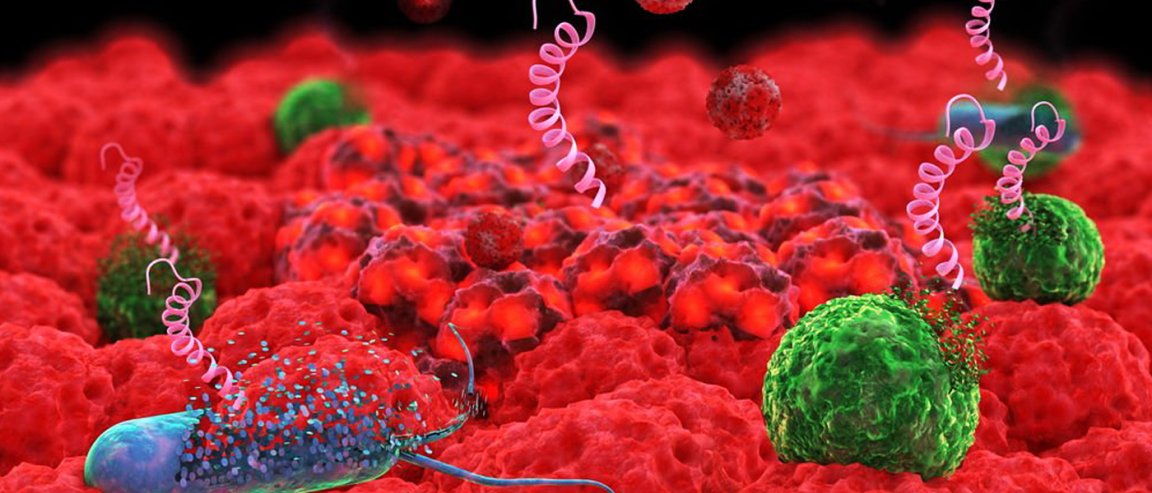
Antibiotic Resistance
For more than 70 years, we have depended on antibiotics to protect us from disease-causing bacteria. But over time these drugs are developing (or have already developed) a resistance to the antibiotics used to treat them.
To that end, the United Nations (UN), has—for the fourth time in history—elevated a health issue to crisis level. UN secretary general, Ban Ki-moon called antibiotic resistance a “fundamental, long-term threat to human health, sustainable food production and development.”

He cites several realities we will soon face:
More than 200,000 newborn children are estimated to die each year from infections that do not respond to available antibiotics. An epidemic of multidrug-resistant typhoid is now sweeping across parts of Africa, being spread through water. Resistance to HIV/AIDS drugs is on the rise. Extensively drug-resistant tuberculosis has been identified in 105 countries. And resistance to antimalarial medicines is an urgent public health concern in the Greater Mekong sub-region.
These alarming scenarios may seem vague and remote from the status quo, but experts warn that we are reaching a critical point in universal health—one that leaves the public vulnerable to major health risks in a post-antibiotic era.
“In a world where all our antibiotics could be ineffective, common infections would kill once again and surgeries and cancer therapies, which are dependent on antibiotics, would be threatened,” notes Joseph Libuano.
Fighting Resistance
In September of this year antibiotic resistance was categorized to be on par with Ebola and HIV. This move illustrates the severity of this health concern, and recognizing it as such means a global commitment is already being made to address it. To date, more and more organizations are working toward adopting policies that hope to lower the overuse of antibiotics and look for alternatives that will help us combat resistant bacteria.
Focused research on the issue has led to studies that rely on recent breakthroughs, such as CRISPR, to reverse antibiotic resistance in bacteria, by transferring “edited” DNA to resistant bacteria, thus killing off resistant strains.
In another study, a new group of antibiotics have been discovered which target the bacteria Staphylococcus aureus, or staph. This potential new breed of antibiotics are unique because of their iridium content, a transition metal that doesn’t easily breakdown, which could prove to be a more effective way to deliver antibiotics.
German scientists may also have found a crucial weapon in our fight against superbugs. After discovering a strain of bacterium called Staphylococcus lugdunensis, researchers developed a drug based on the strain that could potentially become a new class of antibiotics. Shifting our current methods of tracking antibiotic resistance may also offer valuable insight into more effective treatment options
While all these steps being undertaken now are laudable, it’s important to remember that the root of this problem is anchored on bacteria’s ability to evolve against drugs. And knowing this, we have to remain consistent in our efforts to find and discover ways to combat resistance.